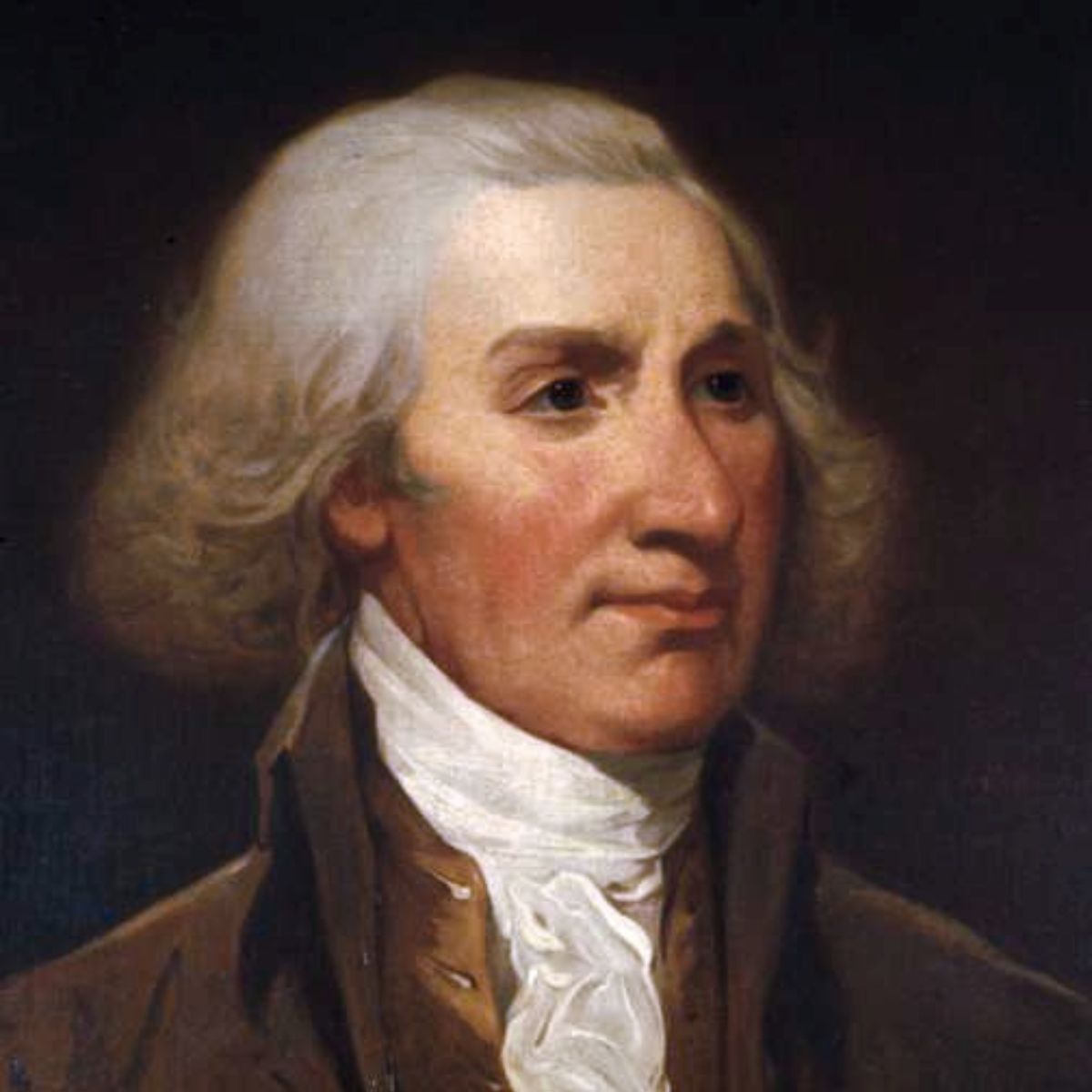Philip Schuyler was a major general in the Continental Army during the American Revolutionary War and later served as a United States Senator from New York. He was aligned with the Federalist Party in the late 18th century and was the father-in-law of the Federalist Party leader, Alexander Hamilton.

Jump to:
Philip Schuyler Facts: Early Life
Philip John Schuyler was born on November 20, 1733, in Albany, New York.
His family was third-generation Dutch immigrants.
Schuyler's father, Johannes Schuyler, died when he was eight years old. Up until that time, he attended a public school in Albany. After his father passed, he was educated by private tutors from his mother's side of the family.
During his early years, he went on many expeditions, met Iroquois leaders, and learned the Mohawk language.
In 1755, he joined the British forces to fight the French in the French and Indian War.
Later, in the French and Indian War, he served as quartermaster.
From 1761 to 1762, Schuyler made a trip to England to settle accounts from his work as quartermaster. He began construction on his home in Albany, later called Schuyler Mansion, during this time. He also began construction of his country estate at Saratoga.
In 1768, Schuyler began his political career as a member of the New York Assembly, serving in that body until 1775.
During that time, his views came to be more opposed to the colonial government, particularly in matters of trade and currency. He was also made a Colonel in the militia for his support of Governor Henry Moore.
Philip Schuyler Facts: American Revolutionary War
Schuyler was elected to the Continental Congress in 1775 and served until he was appointed an American Revolutionary War General in June. General Schuyler took command of the Northern Department and planned the Invasion of Canada. His poor health required him to place Richard Montgomery in command of the invasion.
As department commanding General, he was active in preparing a defense against the Saratoga Campaign, part of the "Three Pronged Attack" strategy of the British to cut the 13 original colonies in two by invading and occupying New York State in 1777.
In the summer of that year, General John Burgoyne marched his British army south from Quebec over the valleys of Lakes Champlain and George. On the way, he invested the small Colonial garrison occupying Fort Ticonderoga at the nexus of the two lakes.
When General St. Clair abandoned Fort Ticonderoga in July, Congress replaced Schuyler with General Horatio Gates, who had accused Schuyler of dereliction of duty.
His removal effectively ended his military career. He was vindicated from all charges that General Gates made against him but would never serve in the Continental Army again. He went on to serve two terms in the Continental Congress during the war.
Philip Schuyler Facts: Later Years
After the war, Schuyler returned to his estate in Saratoga and continued the expansion. He also would serve as a New York Senator after the Constitution was ratified.
In 1789, he was elected a U.S. Senator from New York to the First United States Congress, serving from July 27, 1789, to March 3, 1791. After losing his bid for re-election in 1791, he returned to the State Senate from 1792 to 1797. In 1797, he was elected again to the U.S. Senate and served in the 5th United States Congress from March 4, 1797, until his resignation because of ill health on January 3, 1798.
Schuyler died at the Schuyler Mansion in Albany on November 18, 1804, four months after the death of his son-in-law, Alexander Hamilton, by Aaron Burr, the then Vice-President who had both succeeded and preceded Schuyler in the United States Senate. He is buried in the Albany Rural Cemetery at Menands, New York.
